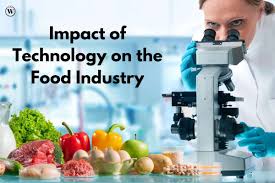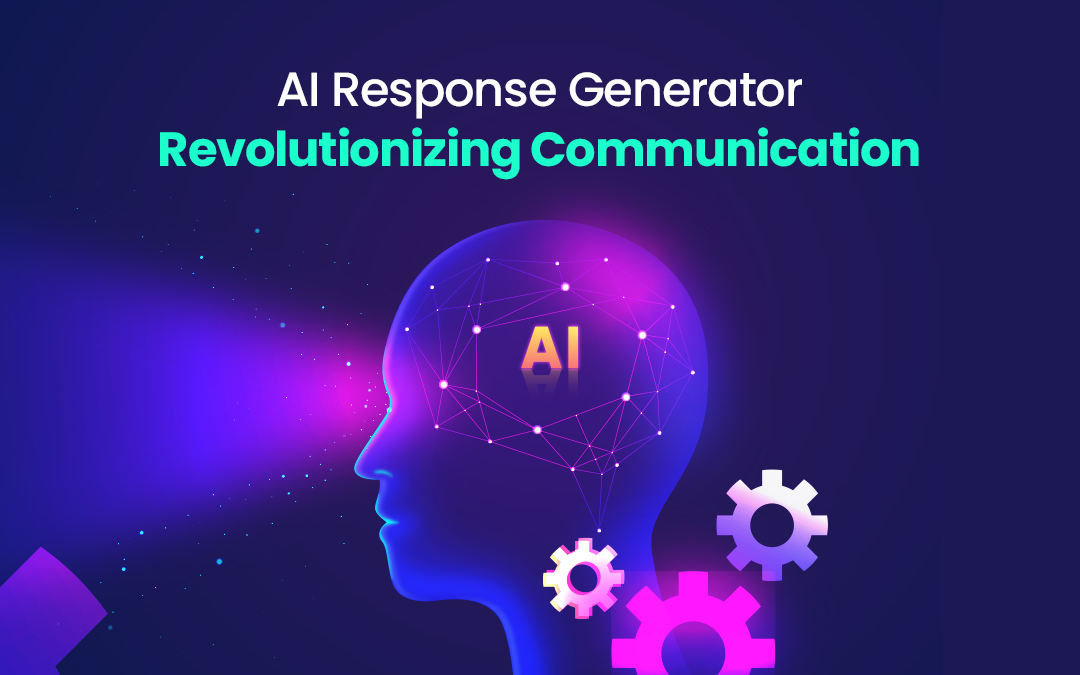
Technology has fundamentally transformed various sectors, and the food industry is no exception. From production and processing to distribution and consumption, technological advancements have reshaped how food is grown, handled, and enjoyed. This essay explores the multifaceted impact of technology on the food industry, highlighting innovations that have driven efficiency, safety, and sustainability.
Advances in Agricultural Technology
Precision Farming
One of the most significant technological advancements in agriculture is precision farming. This approach uses GPS, sensors, and data analytics to optimize crop production. By monitoring soil conditions, weather patterns, and crop health, farmers can make informed decisions on planting, watering, and harvesting. Precision farming not only increases yield but also reduces resource waste and environmental impact.
Drones and Satellites
Drones and satellites have revolutionized crop monitoring and management. Drones equipped with cameras and sensors can capture high-resolution images of fields, allowing farmers to assess crop health and detect issues like pest infestations or nutrient deficiencies. Satellites provide broader data on weather and soil conditions, helping farmers plan more effectively and mitigate risks.
Automated Machinery
Automation in agriculture has led to the development of sophisticated machinery for planting, harvesting, and processing crops. Tractors, combines, and other equipment are now equipped with advanced technologies that enhance efficiency and reduce labor costs. Automated systems can perform repetitive tasks with high precision, leading to increased productivity.
Technological Innovations in Food Processing
Robotics and Automation
In food processing, robotics and automation have streamlined operations and improved consistency. Robotic systems handle tasks such as sorting, packaging, and quality control with remarkable speed and accuracy. This not only increases production rates but also minimizes human error and enhances product quality.
Advanced Food Preservation Techniques
Technology has also advanced food preservation methods. Techniques like high-pressure processing (HPP) and cryogenic freezing extend shelf life while maintaining nutritional value and taste. HPP involves subjecting food to high pressure, killing bacteria and pathogens without the need for heat or chemicals. Cryogenic freezing uses extremely low temperatures to preserve food, preventing the formation of ice crystals that can damage cellular structure.
Smart Food Labels
Smart labels, enabled by technologies like QR codes and RFID (Radio-Frequency Identification), provide consumers with detailed information about food products. These labels can offer data on nutritional content, origin, and allergens, helping consumers make informed choices. Additionally, smart labels can track food safety throughout the supply chain, reducing the risk of contamination and recalls.
Innovations in Food Distribution
Supply Chain Optimization
Technology has transformed food distribution by optimizing supply chains. Advanced logistics software and real-time tracking systems ensure that food products move efficiently from producers to consumers. These technologies help manage inventory, reduce spoilage, and improve delivery times, leading to a more reliable and responsive food supply chain.
E-commerce and Food Delivery Apps
The rise of e-commerce and food delivery apps has changed how consumers access food. Online platforms allow people to order groceries and meals from the comfort of their homes, often with delivery options that cater to their preferences. This shift has expanded market reach for food businesses and provided consumers with greater convenience and variety.
Blockchain for Traceability
Blockchain technology has introduced new levels of transparency and traceability in the food industry. By creating an immutable record of transactions, blockchain allows for the tracking of food products from farm to table. This enhances food safety by enabling rapid identification of contamination sources and ensuring that products meet regulatory standards.
Technological Impact on Food Consumption
Personalized Nutrition
Advancements in technology have enabled the development of personalized nutrition solutions. Genetic testing and wearable devices can provide insights into individual dietary needs and health goals. Based on this information, consumers can receive tailored dietary recommendations and meal plans that optimize their health and well-being.
Food Innovation and Lab-Grown Foods
Technology has also spurred innovation in food products, including lab-grown and alternative proteins. Lab-grown meat, produced through cell culture technology, offers a sustainable alternative to traditional livestock farming. Similarly, plant-based and cultured food products are being developed to meet the growing demand for environmentally friendly and ethical food options.
Smart Kitchen Appliances
The advent of smart kitchen appliances has enhanced cooking experiences and efficiency. Devices like smart ovens, refrigerators, and coffee makers can be controlled remotely through mobile apps. These appliances offer features such as recipe suggestions, inventory tracking, and cooking assistance, making meal preparation more convenient and enjoyable.
Challenges and Considerations
Data Privacy and Security
As technology becomes more integrated into the food industry, data privacy and security are critical concerns. The collection and sharing of personal and operational data raise issues about safeguarding sensitive information from breaches and misuse. Ensuring robust security measures and compliance with data protection regulations is essential.
Technological Inequality
While technology has brought numerous benefits, there is a risk of widening the gap between those with access to advanced technologies and those without. Small-scale farmers and businesses in developing regions may struggle to adopt and benefit from new technologies, potentially exacerbating existing inequalities in the food industry.
Environmental Impact
Although many technological innovations aim to improve sustainability, some can have unintended environmental impacts. The production and disposal of electronic devices, for example, contribute to electronic waste. Additionally, the energy consumption of data centers and smart appliances needs to be managed to minimize their carbon footprint.
Conclusion
Technology has undeniably transformed the food industry, driving advancements in agriculture, processing, distribution, and consumption. Precision farming, robotics, and smart appliances are just a few examples of how technology enhances efficiency, safety, and convenience. However, it is essential to address challenges related to data privacy, inequality, and environmental impact to ensure that technological progress benefits all stakeholders in the food industry. As technology continues to evolve, it will undoubtedly shape the future of food in new and exciting ways.







